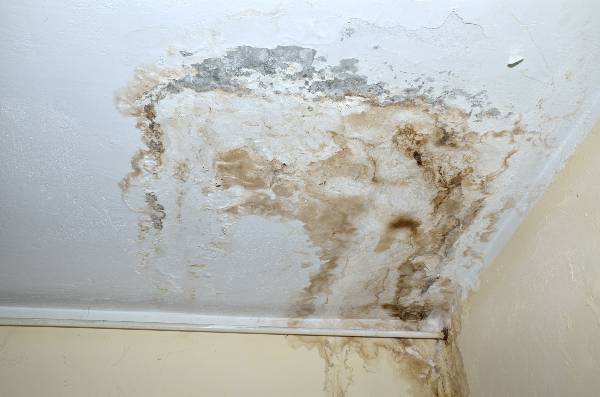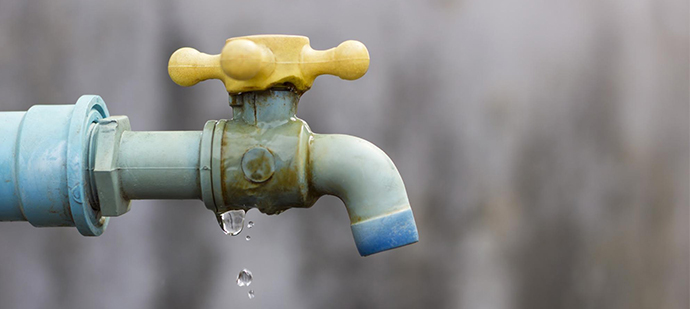We have found this great article on Detecting hidden plumbing leaks down the page on the internet and reckoned it made good sense to discuss it with you on this site.

Early detection of dripping water lines can reduce a possible catastrophe. Some little water leakages might not be visible.
1. Check Out the Water Meter
Every home has a water meter. Examining it is a surefire manner in which helps you uncover leakages. For starters, shut off all the water resources. Ensure no one will flush, utilize the faucet, shower, run the cleaning machine or dish washer. From there, most likely to the meter and watch if it will certainly transform. Since no one is utilizing it, there should be no motions. If it moves, that indicates a fast-moving leakage. Furthermore, if you find no changes, wait a hr or two as well as inspect back again. This implies you may have a sluggish leak that can also be underground.
2. Examine Water Usage
If you identify sudden changes, despite your usage being the very same, it means that you have leakages in your plumbing system. An unexpected spike in your expense indicates a fast-moving leak.
On the other hand, a steady boost every month, despite the exact same habits, shows you have a sluggish leakage that's additionally slowly escalating. Call a plumber to thoroughly inspect your residential or commercial property, specifically if you really feel a warm location on your flooring with piping below.
3. Do a Food Coloring Test
When it comes to water usage, 30% comes from toilets. If the shade somehow infiltrates your bowl during that time without flushing, there's a leakage in between the container and also bowl.
4. Asses Exterior Lines
Don't fail to remember to examine your outdoor water lines too. Must water permeate out of the link, you have a loosened rubber gasket. One tiny leakage can throw away bunches of water as well as spike your water expense.
5. Inspect and Examine the Situation
Homeowners ought to make it a practice to check under the sink counters and even inside cupboards for any kind of bad odor or mold and mildew growth. These 2 red flags suggest a leakage so punctual interest is needed. Doing routine evaluations, also bi-annually, can conserve you from a significant problem.
Inspect for stainings as well as compromising as the majority of appliances as well as pipes have a life expectations. If you suspect dripping water lines in your plumbing system, don't wait for it to escalate.
Early detection of dripping water lines can minimize a prospective calamity. Some small water leaks may not be visible. Inspecting it is a proven way that helps you find leakages. One little leak can throw away heaps of water and also increase your water costs.
If you suspect dripping water lines in your plumbing system, do not wait for it to rise.
How to Know If Your Home Has a Hidden Leak
Water Meter Reveals Inexplicable Water Usage
If you’d like to test whether or not there’s a leak somewhere in your home, you can do this using your water meter. Here is how to conduct the test:
Don’t use any water in your home for at least 30 minutes; this also means not turning on faucets or water-using appliances.
Go outside, and check your water meter for activity.
If your water meter shows that there was activity, even though no one was using any water, this proves that there is a leak in your home.Visible Mold or Mildew Growth
Leaks behind walls create moist, dark environments that allow mold and mildew to grow and thrive. Eventually, you might see mold growth forming on the wall closest to a hidden leak.
If mold is growing in an area that receives a high amount of moisture, such as a bathroom, it may simply be an indication that better ventilation is needed. However, if you see mold growth on a wall or the ceiling in an area where you would not expect, you probably have a hidden leak.
Musty, Mildew Odor
Sometimes you might not be able to see the mold or mildew that is growing as a result of a leak. However, the smell can give the problem away just as easily. If you catch a whiff of something musty, there’s a good chance that old water is collecting somewhere in your home that you can’t see.
Stained/Warped Walls, Ceilings, or Floors
When your home soaks up water, a variety of red flags can become visible, including ceiling stains, bubbling drywall, warped walls, and sagging floors. While these issues can be caused by excess humidity, they can also be signs that a pipe or plumbing connection has started leaking behind your walls.
Inexplicably High Water Bill
After a while, you get a general sense for what your water bill should be. If you own a pool or sprinkler system, your bill will tend to be higher during summer. However, if you receive a water bill that seems especially high, and you can’t figure out what caused it, then you may have a hidden leak somewhere that’s increasing your bill.
https://www.plumbingjoint.com/blog/2019/july/how-to-know-if-your-home-has-a-hidden-leak/

As a reader on Leaking water lines, I figured sharing that piece of content was important. Sharing is good. Who knows, you might be doing someone a favor. Thanks so much for going through it.